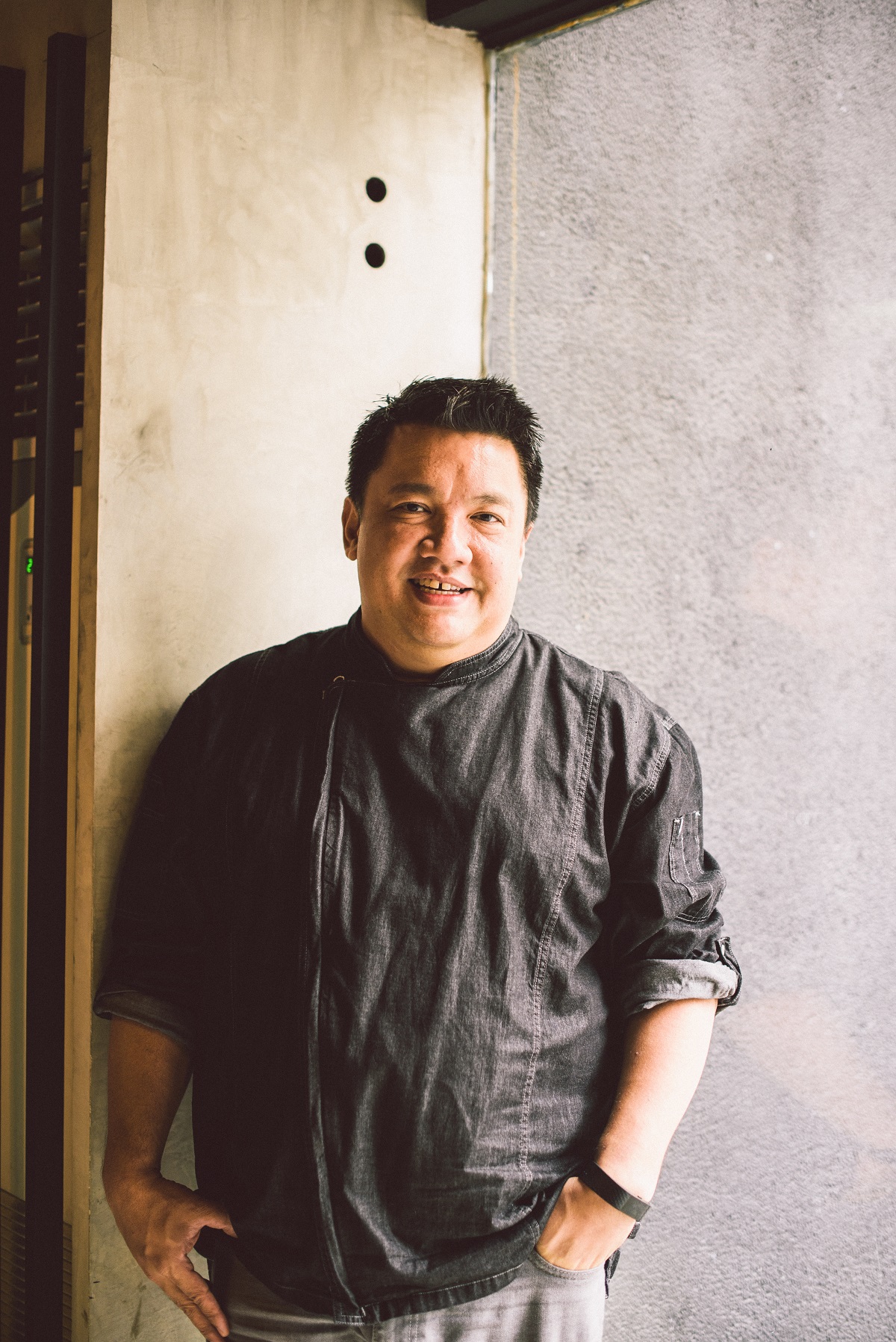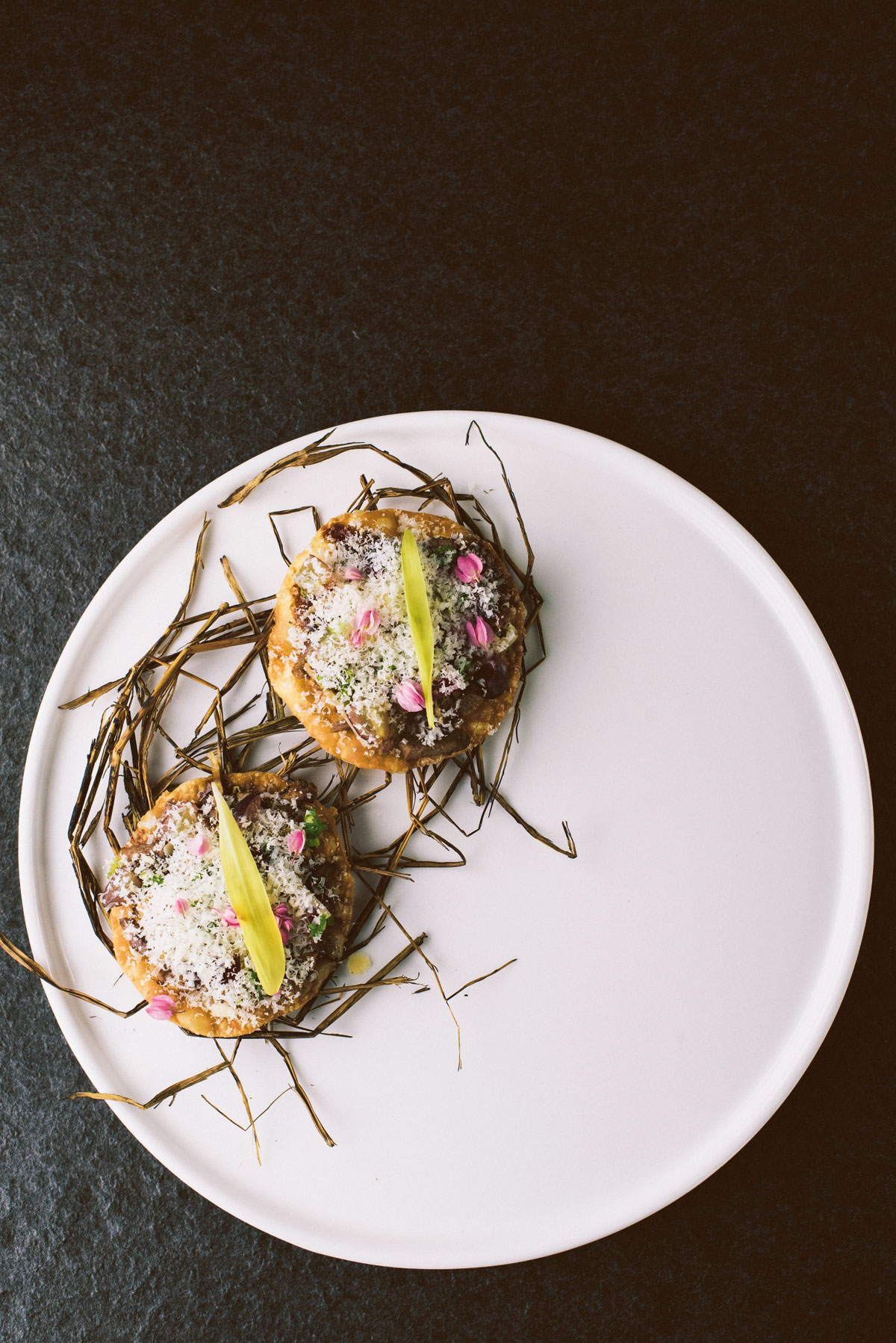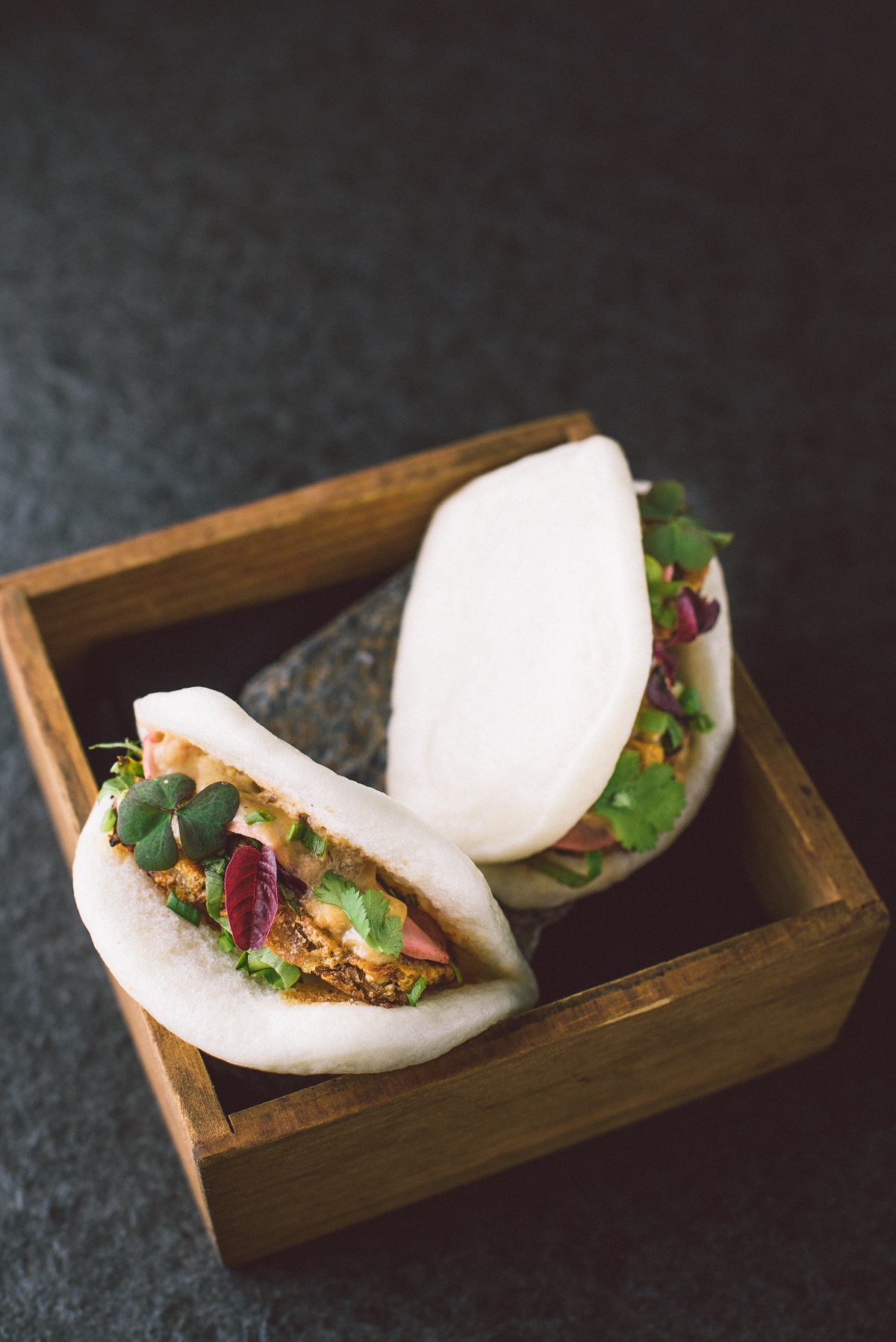With people wanting to know where ingredients come from and the world extending efforts toward a zero waste lifestyle, nose-to-tail cooking is fast becoming the “in” thing in professional kitchens. Whereas before customers took delight in pork chops, now both chefs and diners have opened their minds and palates to parts such as pig’s ears and tails. Practicality and sustainability, after all, will help keep establishments alive. But while the US has only started embracing the concept the past few years, the Philippines has been enjoying this manner of cooking for generations, evidenced by notable dishes in local cuisine.
What’s old is new

Chef Robby Goco, who has been serving diners with his innovative nose-to-tail dishes at Green Pastures, says that the concept has been around since man started eating meat. “The hunters, when they catch their prey, would eat the heart and brains first. Aside from the fact that these are the parts that would go bad first, they believed that they can get the bravery and the cunning of the animal.” Other parts like the spleen and tripe would be eaten next because they spoil easily, he adds. Only after eating the organ meat would they eat the parts like the loin.
“In the Philippines, it is economical to eat the unpopular cuts. If you think about it, our cuisine really is nose-to-tail: the kare-kare, menudo, crispy pata, sisig, and dinuguan, along with other things like the tuna panga and buntot, the sperm sac of fish. For us, it is a working man’s food,” explains Goco.
Sandee Masigan, a restaurateur who has extensively researched how early Filipinos ate for her XO46 Heritage Bistro and Arroz Ecija brands, describes that our ancestors ate from their landscape. “When our ancestors killed an animal for food, they did not waste anything. Anything and everything that the animal could give: innards, sweetbreads, hocks, hooves, chicken feet—you name it, we ate it.” She adds that Filipinos mostly grilled their meats. “Some would cook with the use of vinegars and other acids. We would also salt them. When the Spanish arrived, we learned how to braise our meats, stew, sauté with tomato, garlic, and onions that were borne from the Galleon Trade, of course. We saw our dishes acquire more sauces. Fiesta fare was born.”
Nose-to-tail eating is such a great concept, Masigan adds. Since Filipinos have been eating this way for a long time, it shows, intrinsically, how connected the people are to the environment. It shows the respect and connection Filipinos have to nature, how to make full use of available resources.
“In the Philippines, it is economical to eat the unpopular cuts. If you think about it, our cuisine really is nose-to-tail: the kare-kare, menudo, crispy pata, sisig, and dinuguan, along with other things like the tuna panga and buntot, the sperm sac of fish. For us, it is a working man’s food,” explains Robby Goco.
“I’ve often heard Pinoys abroad being called masinop because we don’t waste anything. We manage to squeeze the flavor out of the exotic parts of the animal and make it palatable. It’s the best way to budget a family’s food resources.” She enumerates that bones and trotters can be used for broth while giblets and livers can be used to enrich sauces and even adobo.
There is really nothing new, though, as people have been eating offal all over the world. “In Europe, they have haggis, blood sausages, and recipes for tripe. Every culture in the world has a great recipe for oxtail. Here, it’s kare-kare. The French have duck rillettes and head cheese. They have been serving things like bone marrow with that special spoon since the French Revolution when the chefs were displaced and they had to cook for the masses while still elevating the dishes,” says Goco. “It may be a global trend, but really, it is the North Americans who are discovering it. In the US, they don’t like unpopular cuts purely because of the texture.”
Elevating the ingredients

Goco says that he is doing what he can to elevate common Filipino cooking ingredients. “They don’t teach you these at culinary schools. The most maybe is frying sweetbreads or preparing foie gras. They will never teach you to make cockscomb or do an oxtail stew. That one you have to learn, too, because cooking with regular cuts is becoming boring. Chefs now are finding ways to make their menu more interesting.”
He adds that this is one advantage of the fact that the Americans have started looking at off-cuts. They become so creative now that they are elevating it. “They have ingenuity and once they get into something, they turn it into things that are incredibly different by applying different techniques.”
Research plays a big part in it, too, and Filipinos are perfectly poised to take advantage of this trend because of our traditions. Pat Go says he grew up eating goto with his mom, and one of the first dishes he had in his former restaurant Black Sheep is goto rice, which uses risotto instead of glutinous rice. “The tripe is deep fried so it has a crunchy crust but is chewy inside. The Chinese also try to utilize every part of the animal, first because it is cheap and abundant, and because they also love to explore new tastes and textures. They treat it as a delicacy.”
Aside from his food memories, Go does his research by traveling as well. “In Taiwan, I tried different types of dishes and looked at what I can incorporate into the menu.” He and his staff even tried to work with chicken feet. “We’ve tried deboning them, but it takes a very long time!” he laughs. “We are still looking into ways to utilize this ingredient and present it in a way that is modern, creative, and appealing to our market, which is mostly composed of young cosmopolitan groups.”
“They don’t teach you these at culinary schools. The most maybe is frying sweetbreads or preparing foie gras. They will never teach you to make cockscomb or do an oxtail stew. That one you have to learn, too, because cooking with regular cuts is becoming boring. Chefs now are finding ways to make their menu more interesting,” says Goco.
Chef Bong Sagmit of Pig and Pints in Angeles City is also leveling up the fare common in Kapampangan cuisine. One of his creations is chicken liver on toast with Nutella on ciabatta. “Since we are used to the ingredients, it is not hard to integrate them. There is already an awareness because of the barbecue stalls on the roadside. What we do is to challenge the norm by cooking it with a different technique and presenting it with a story.”

It boils down to cooking techniques, says Goco. “Nose-to-tail is really gamey, matapang ang lasa. It all depends on the skill of the chef—how you will remove the tripe-y flavor; how you will make the tail soft enough so when you deep-fry it, it becomes super crispy. This is where skill, talent, research, and an understanding of what you are cooking comes in.” The richness of our culinary culture helps, he adds. “We have heirloom recipes from our ninuno where they can cook it perfectly.” He advocates going to the provinces to see how they make their igados and their dinakdakans, and find out how you can apply what they do.”
When it comes to the nose-to-tail trend and Filipino food, Masigan avers. “Matagal na tayong world-class. It usually takes someone else to confirm to us what we already know at the back of our minds. Seriously, I think we just have to be more creative and careful in our presentation. Flavor-wise, we’re up there already, styling na lang. Our plates need prettifying so they look more enticing and palatable to those who aren’t used to eating our food.”
Economically sound

Goco, who buys the whole animal for his restaurants, says he went into nose-to-tail as an entrepreneur to ensure that he gets the most out of his purchase. “We didn’t want to throw out parts that we weren’t using, so we thought of ways to cook them.”
The cost for off-parts is lower because often the suppliers just throw them away. That is where a good relationship with the supplier also comes in. “You get to know what they have and you get to think about what you can do with those. With duck, for example, they usually just sell the legs and breast. So, we thought of getting the duck tongue. Learn from your suppliers and use it as an opportunity to make something new,” Goco advises.
Sagmit says it is going back to our roots, too. “As Kapampangans,, we are thrifty, we do not want to waste anything. There is also a saying na mayabang ang Kapampangan. During fiesta time, we will borrow money just to be able to have an impressive spread that will feed everyone. So, ayaw naming sayangin ‘yung dalawang baboy that we bought for the fiesta, and we think of ways to use all the parts in a very tasty way, with our strong, uncompromising flavors.”
“What we do is to challenge the norm by cooking it with a different technique and presenting it with a story,” says chef Bong Sagmit.
There are advantages and disadvantages of nose-to-tail being integral in our cuisine, he says. “It is good that we use it at home, so that it becomes easier to source. It is also a challenge because, since everyone is using it on a daily basis, it can become scarce. The oxtail for example is very expensive now. When I complain to my supplier, they say, well, the ox has only one tail, and people are also buying this to make their kare-kare. Another competitor is the mamihan (noodle shops) for the beef cheeks, and they purchase the whole head because it is good for their stock. Sa sweetbreads, it’s the manginginom. Kapag naunahan ka na nila at 3 a.m. nakakontrata na ‘yan, wala ka na mabibili!” Sagmit laughs.
Now that nose-to-tail is becoming popular in places where the likes of tripes and oxtails were seldom considered prized pieces, it is a good time for Filipino chefs to take what is available and elevate it using the practices they now espouse abroad. Goco says, “If you are to ask me right now, I would tell them, ‘What took you guys so long?’ Uso ‘yan noon pa, bakit ngayon lang kayo? It has always been there, the Americans are the ones catching up now.”
Originally published in F&B Report Vol. 14 No. 2












































